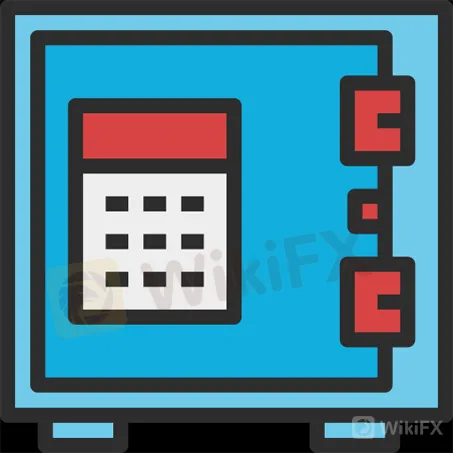Forex is a game that I enjoy playing
These champions have one thing in common: they not only work their butts off, but they also enjoy what they do.
简体中文
繁體中文
English
Pусский
日本語
ภาษาไทย
Tiếng Việt
Bahasa Indonesia
Español
हिन्दी
Filippiiniläinen
Français
Deutsch
Português
Türkçe
한국어
العربية
Abstract:Scaling out, as already said, has the clear advantage of bringing down hazard by removing exposure to the market whether you're in a winning or losing position.
As previously stated, scaling out has the obvious benefit of minimizing risk by removing exposure to the market regardless of whether you are in a winning or losing position. When combined with trailing stops, the advantage of locking in profits and making a “nearly” risk-free transaction is accomplished. We'll use a trade example to show how this may be done. Exiting the EUR/USD market as an example Assume you have a $10,000 account and a short position of 10,000 EUR/USD units at 1.3000.
Your profit target is 300 pips below your entry price of 1.2700, and your stop loss is set at 1.3100. With 10k EUR/USD units (pip value of this trade is $1) and a stop of 100 pips, your total risk is $100, or 1% of your account. After a few days, the EUR/USD plummeted to 1.2900, giving you 100 pips. This equates to a total profit of $100, or a 1% increase. The Fed makes dovish statements out of nowhere, which might have an immediate impact on the USD.
Before you know it, your account will be called for margin and you'll be staring at your computer screen with your eyes wide open. Isn't that something we'd rather not happen? Pay attention in class as a consequence! What differentiates “the proper method” from “the terrible way” is the profitability of your open position when you add, how much more you add, and how you modify your stops. In the following two parts, we'll go through two scenarios for scaling into a position.

“This might tempt dollar sellers back into the market, and I'm not sure if EUR/USD will continue to decrease...,” you argue. “It's time to lock in some profits.” You decide to liquidate half of your position by acquiring 5,000 EUR/USD units at the current exchange rate. This results in a $50 profit in your account [at 5k EUR/USD units, 1 pip is worth $0.50.... you have closed a profit of 100 pips (100 pips x $0.50 = $50)]. This leaves you with a 5,000-unit short position in the EUR/USD at 1.3000. Adjust your stop at breakeven (1.3000) from here to create a “risk-free” transaction.
If the pair rises again, triggering your adjusted stop at 1.3000, you may close the remaining position with no loss, but if it falls, you can simply ride the trade to further gains. Obviously, “taking some off the table” reduces your initial maximum profit. If the EUR/USD fell to 1.2700 and you had captured the 300-pip move with a 10,000 unit EUR/USD trade, you would have profited $300. Instead, you made $50 by selling 5,000 units at a 100-pip profit and $150 by selling the remaining 5,000 units at a 300-pip profit ($0.50 per pip * 300 pips = $150). This results in a $200 profit over your original maximum profit of $300.
Here's a diagram to help you visualize when you should scale out. (Ignore the dragon's attempt to remove his scales.)

It is always your choice whether or not to take some money off the table. All you have to do now is analyze the benefits and drawbacks.
In this situation, a bigger profit is sacrificed for the security of a lesser locked-in profit and the establishment of a risk-free deal. Which choice is best for you? Which would you rather have: a 50% rise in earnings or a better night's sleep? Keep in mind that the market may rise over your profit objective, resulting in extra bling-bling in your account. There is always a lot to consider when altering agreements, and after a lot of practice over numerous transactions, you'll find an approach that works best for you.
Disclaimer:
The views in this article only represent the author's personal views, and do not constitute investment advice on this platform. This platform does not guarantee the accuracy, completeness and timeliness of the information in the article, and will not be liable for any loss caused by the use of or reliance on the information in the article.

These champions have one thing in common: they not only work their butts off, but they also enjoy what they do.

"Patience is the key to everything," American comic Arnold H. Glasgow once quipped. The chicken is gotten by hatching the egg rather than crushing it."

Ask any Wall Street quant (the highly nerdy math and physics PhDs who build complicated algorithmic trading techniques) why there isn't a "holy grail" indicator, approach, or system that generates revenues on a regular basis.

We've designed the School of WikiFX as simple and enjoyable as possible to help you learn and comprehend the fundamental tools and best practices used by forex traders all over the world, but keep in mind that a tool or strategy is only as good as the person who uses it.
